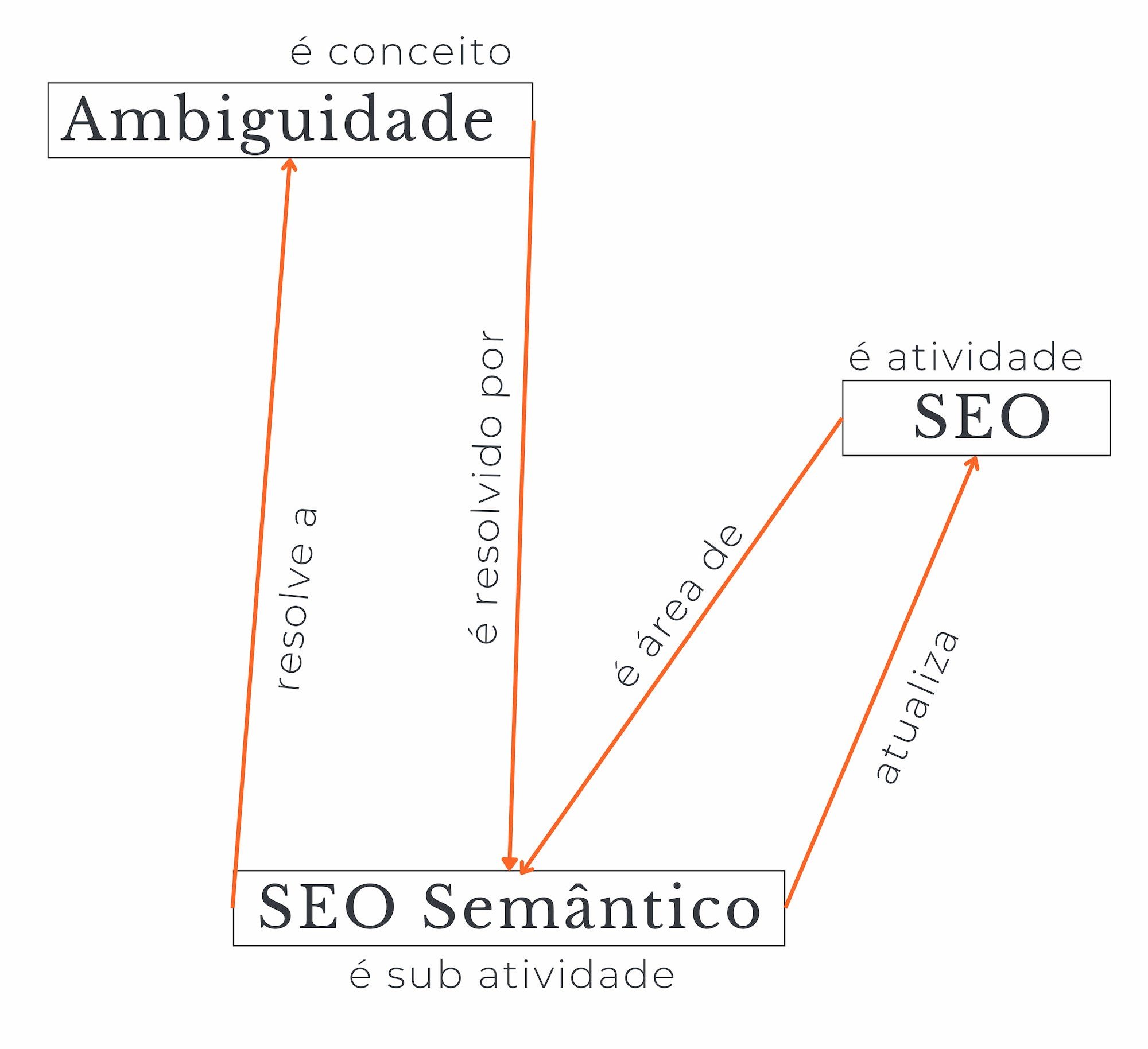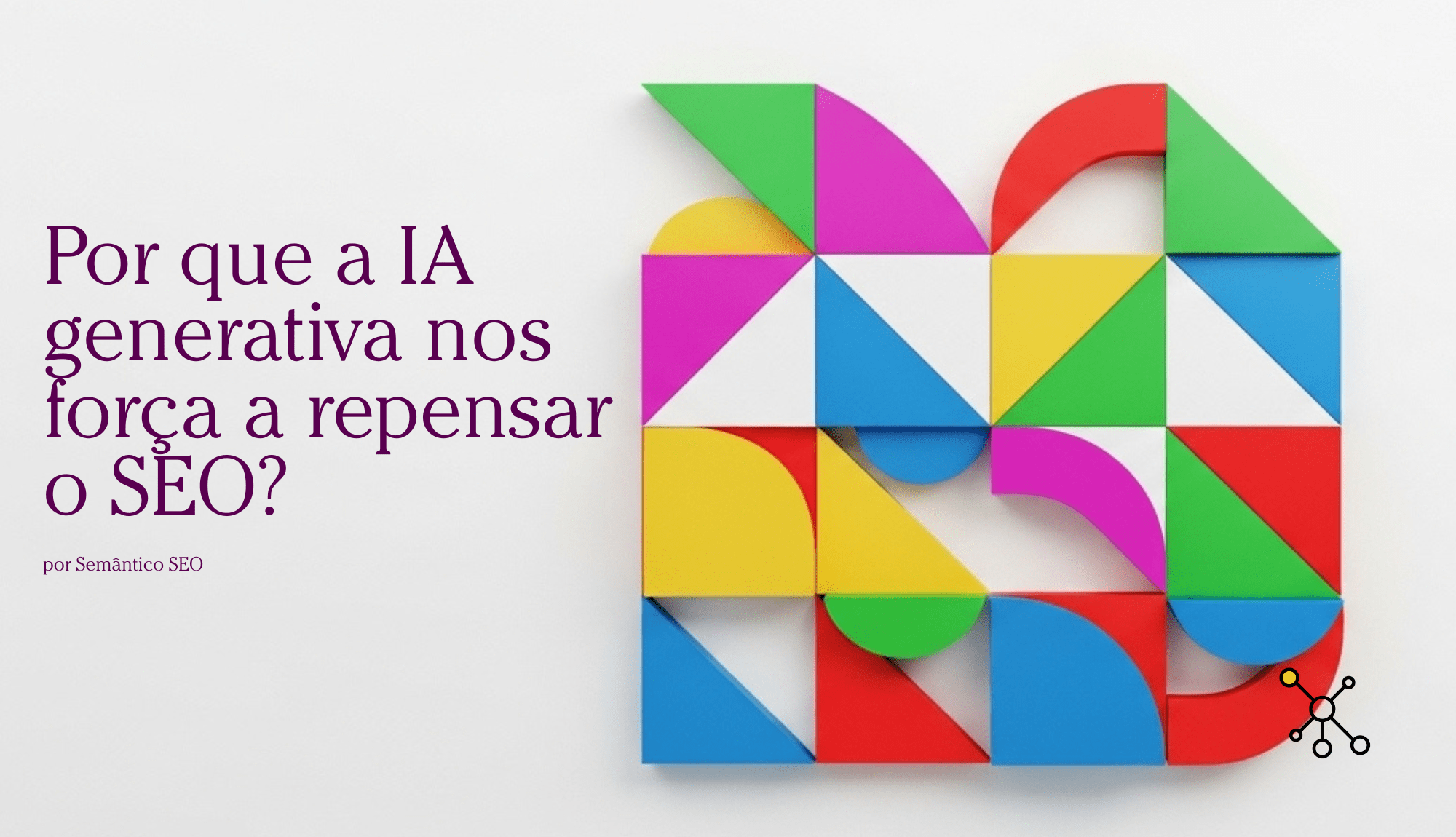Ambiguidade
A ambiguidade é um fenômeno linguístico que se manifesta quando uma palavra, expressão, frase ou enunciado apresenta mais de uma interpretação ou sentido possível. Essa duplicidade de significados pode comprometer a clareza e a precisão da comunicação, gerando incerteza ou equívoco no receptor da mensagem. Originada do termo em latim ambiguitas, a ambiguidade pode ser tanto um desvio involuntário na construção do discurso, considerado um vício de linguagem, quanto um recurso estilístico empregado de forma intencional.
As características da ambiguidade dependem de sua origem na estrutura da língua. A forma mais comum é a ambiguidade lexical, que ocorre quando uma única palavra possui múltiplos significados (polissemia) ou quando palavras diferentes têm a mesma grafia ou pronúncia (homonímia), e o contexto não é suficiente para determinar qual sentido é o pretendido. Outro tipo fundamental é a ambiguidade estrutural ou sintática, na qual a maneira como as palavras estão organizadas na frase permite diferentes análises gramaticais e, consequentemente, distintas interpretações do todo.
Dependendo da intenção do enunciador, a ambiguidade pode ter funções distintas. No cotidiano e em textos técnicos, científicos ou jornalísticos, onde a clareza é primordial, a ambiguidade não intencional é vista como uma falha que prejudica a compreensão. Por outro lado, em contextos literários, publicitários ou humorísticos, ela é frequentemente utilizada como uma figura de linguagem, também conhecida como anfibologia, para criar trocadilhos, sugerir ideias subjacentes ou enriquecer o texto com múltiplas camadas de significado.
É importante distinguir ambiguidade de vagueza. Enquanto a ambiguidade se refere à existência de dois ou mais significados distintos e definidos, a vagueza ocorre quando o sentido de um termo é impreciso ou seus limites de aplicação não são claros. A identificação e, quando necessário, a eliminação da ambiguidade são essenciais para garantir a eficácia e a objetividade na transmissão de informações.
Fontes:
- INFOPÉDIA. Ambiguidade. In: Dicionário Infopédia da Língua Portuguesa. Porto: Porto Editora. Disponível em: https://www.infopedia.pt/dicionarios/lingua-portuguesa/ambiguidade. Acesso em: 18 jun. 2024.
- MICHAELIS. Ambiguidade. In: Michaelis Dicionário Brasileiro da Língua Portuguesa. São Paulo: Editora Melhoramentos. Disponível em: https://michaelis.uol.com.br/moderno-portugues/busca/portugues-brasileiro/ambiguidade/. Acesso em: 18 jun. 2024.




Publicar comentário